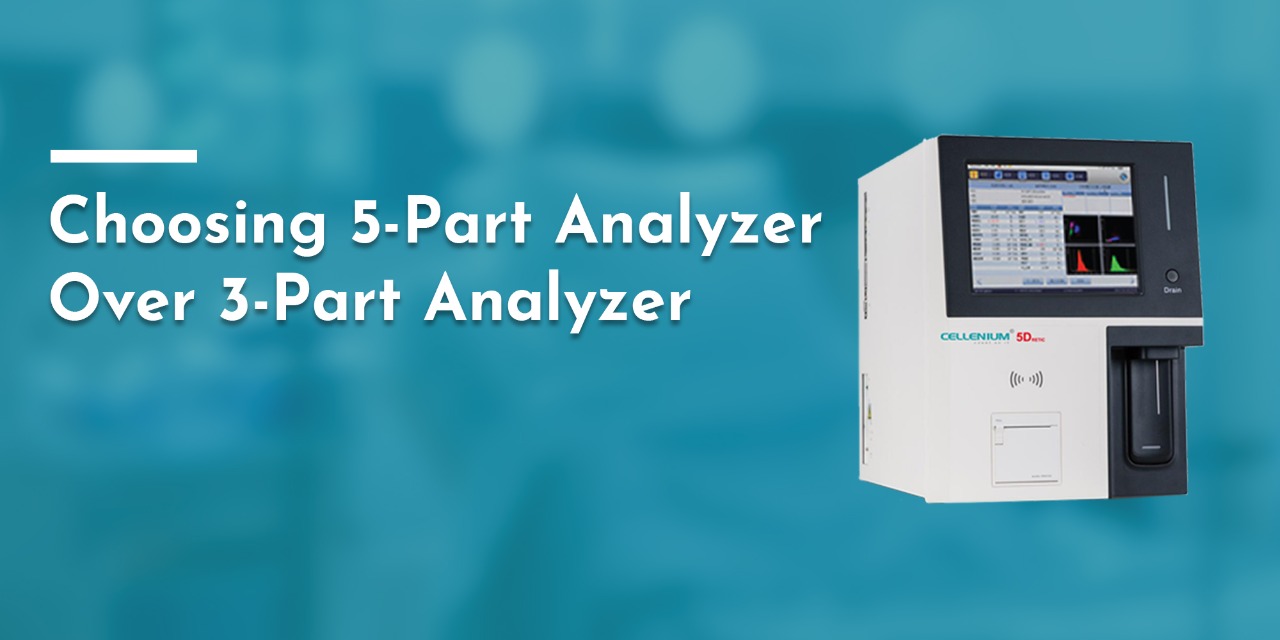In routine health check-ups, physicians typically ask for a hematology test- often understood as Complete Blood Count (CBC). This helps them evaluate the general health of their patients.
When the automatic blood analysis system was first introduced to perform a hematology test, it could only tell about the count of red and white blood cells in a particular blood sample. Over time, there were remarkable advances in technology that led to hemoglobin and hematocrit analyses followed by thrombocyte (platelets) count to be also included in the CBC report. Presently, an automated WBC differential analysis is readily available and most doctors have included it in their CBC screenings in addition to the blood cell counts and hemoglobin and hematocrit analyses.
The automated WBC differential analysis is acknowledged for screening unusual blood samples that are required to be further microscopically examined to spot the actual morphological abnormalities. It is performed with an automated hematology analyzer placed in the physician’s office laboratories, clinics, or small standalone laboratories. The analysis first started with a 3-part differential hematology analyzer and laboratories with low-volume solutions typically relied on it. Now, the use of a 5-part differential hematology analyzer in laboratories is on-trend.
Are you thinking about why 5-part differential hematology analyzers are considered over traditional 3-part differential? Continue reading to know their differences, roles, and benefits.
3-part Vs 5-part Differential Haematology Analysers
A 3-part differential hematology instrument provides sufficient information required by a typical physician. It electrically measures the volume of white blood cells and classifies them into 3 subtypes based on their size: small WBCs (lymphocytes), medium-sized WBCs (eosinophils, basophils, and monocytes), and large WBCs (neutrophils). This is the simplest compact and cost-effective type of analyzer that operates using fewer reagents to accurately detect elevated numbers of neutrophils in the blood sample within 2 minutes. Simply looking at the count of neutrophils and lymphocytes in the CBC test report one can diagnose bacterial or viral infection. Hence, such analyzers are best suited for prompt and reliable identification of acute inflammations in outpatient laboratories, emergency rooms, and small laboratories attached to operation theatres or patient wards.
A 5-part differential hematology analyzer makes use of flow cytometry to differentiate white blood cells based on their size and granularity into 5 major divisions: lymphocytes, neutrophils, eosinophils, monocytes, and basophils. It can accurately and precisely give ratios of 5 varieties of WBCs and is necessary to distinguish between basophils and eosinophils from neutrophils. This advanced instrument is used in special laboratories for detailed and targeted assessment of the blood samples, hence giving it the same clinical significance as that of microscopic analysis. In low-volume labs, the 5-part differential hematology solutions maximize productivity with 99% uptime. It is useful for easy and highly reliable diagnosis of any inflammations. The new 5-part hematology analyzers provide data of hematology analysis along with the assay of the C-reactive protein as fast as the 3-part differential analyzer. Beyond just cell counting, it can help identify qualitative cell morphological characteristics to be able to differentiate between normal cell and pathological conditions and improve laboratory workflow through a reduction in suspicious flagging. It can be used in the identification of various clinically significant conditions like infections and autoimmune diseases.
Trivitron Cellenium 5D Retic- Most Advanced 5 Part Differential Hematology
Trivitron Cellenium 5D Retic is one of the most promising 5-part differential Hematology Analyzer. It is easy to use, affordable and best in class technology with 60 samples/hour throughput and comes with 34 parameters including RET%, RET#, and other research parameters. It also has Laser light multi-dimensional classification with resistant RBC Mode and Double WBC counting mode for the accurate and reliable differential count.
To know more about this state-of-the-art 5 Part Differential Hematology Analyser visit trivitron.com/products/hematology/cellenium-5d-retic.
To know more about this state-of-the-art 5 Part Differential Hematology Analyser.

